Snapshots
Anywhere on the globe, anyone can access a virtual reality experience. Virtual reality headsets, which resemble spectacles or goggles and are worn over the head, are becoming commonplace—from the Metaverse verse to gaming! Among the most well-known and costly virtual reality headsets, you may find Samsung Gear VR and Oculus Rift. These link to digital worlds playable on smartphones and gaming consoles. Similar to what one would anticipate from a 4D production, some applications of virtual reality help one to experience multi-project settings that incorporate additional enhanced senses, such as touch.
Having a whole 360-degree experience is possible, at least with virtual reality goggles. With virtual reality goggles and other accessories, users may explore a computer-generated environment and even walk around in it.
10 applications of virtual reality
Virtual reality's origins are shrouded in mystery, yet the concept has sparked speculation for ages. But new technology has only just surfaced, allowing imagination to become reality.
Hearts in hands, clapperboards, people talking, cars, location pins, laptops, and technical elements held by hands make up this set of vibrant symbols that depict many parts of connectivity and technology.
1. Medical
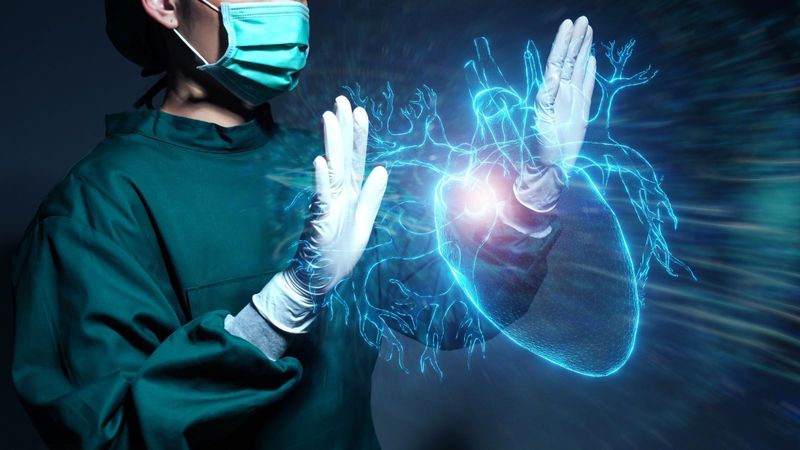
Virtual reality's training capabilities are revolutionizing healthcare. Virtual reality creates an atmosphere conducive to learning and development in natural settings. Experts in high-risk procedures may hone their skills in a controlled environment using virtual reality.
Additionally, medical professionals can also acclimatise to the hospital setting without experiencing any additional strain. Cognitive behaviour therapy, which helps people overcome fears and anxieties in a safe setting, is another area that is making use of this technology.
2. Amusement
The entertainment sector was an early adopter of virtual reality and continues to be a prime illustration of its potential uses today. Virtual reality (VR) is heavily used in the web and console gaming industries. In a similar vein, virtual reality (VR) is making its way into amusement parks and theatres to recreate thrilling movie experiences and relive beloved classics.
3. Cars
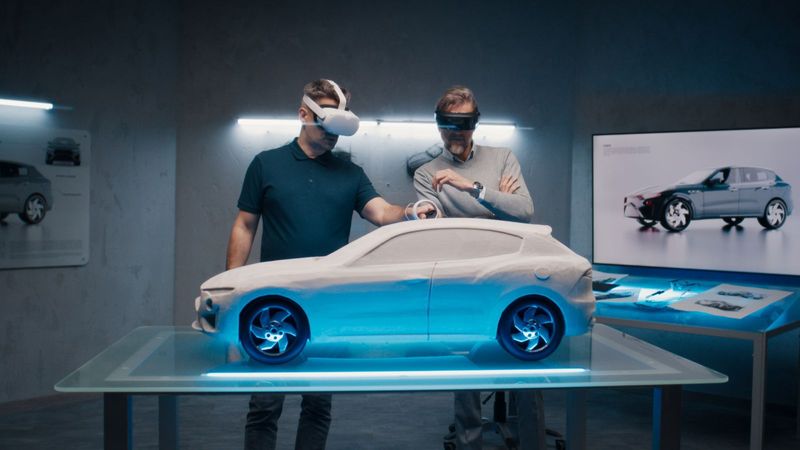
Virtual reality (VR) in the automotive industry aids automakers in studying various road conditions and vehicle behaviour. They may test out the prototypes in simulated environments, evaluate them, and tweak them before creating a new model.
Future smart automobiles, which will saturate the market, are developed in large part using virtual reality. With the help of AR and VR, vehicles can figure out how to steer, turn, and stop.
4. Education
Despite the perception that the education sector is notoriously sluggish to adopt new technology, vr applications in education have demonstrated significant potential in this area. It opens the door for any business to offer professional training to adults. Virtual reality (VR) is more commonly associated with older students' experiences with educational games and field excursions.
5. Military
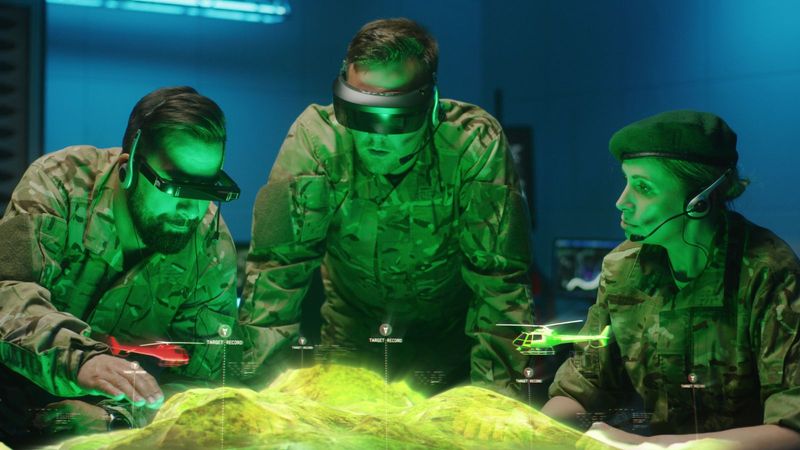
Virtual reality (VR) creates an experience that is as near to reality as possible for training, which is especially useful for these two businesses because they operate in hazardous, inaccessible locations. Virtual reality allows for safer training environments, and it has even helped troops with PTSD overcome their symptoms and get ready for the unexpected.
6. Buildings and construction
Virtual reality allows architects to not only see but also feel the finished product. This way, they can see the finished product before construction even begins, making adjustments in real-time to ensure happy customers.
7. Marketing
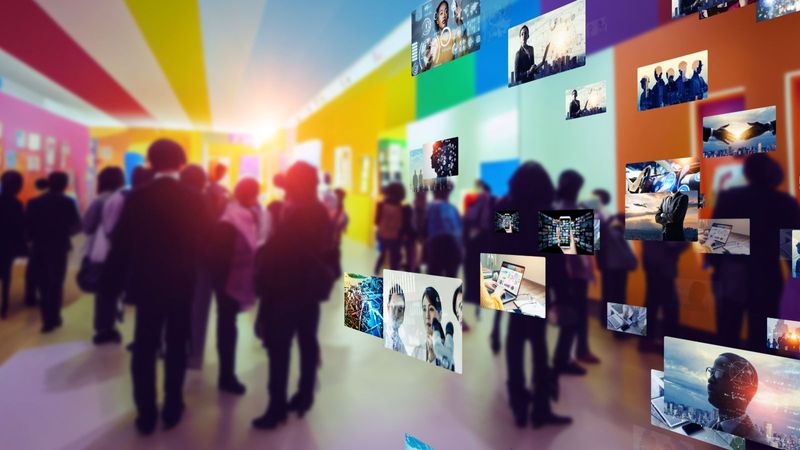
Commercials aren't fun for most people, but seeing a product in action may be educational and amusing. Virtual reality has several potential uses in the realm of online advertising. Stores may use this technology to display products in a way that consumers can imagine them used in their own homes. Another option is for NGOs to craft a political message that is more compassionate.
8. Workplace Security
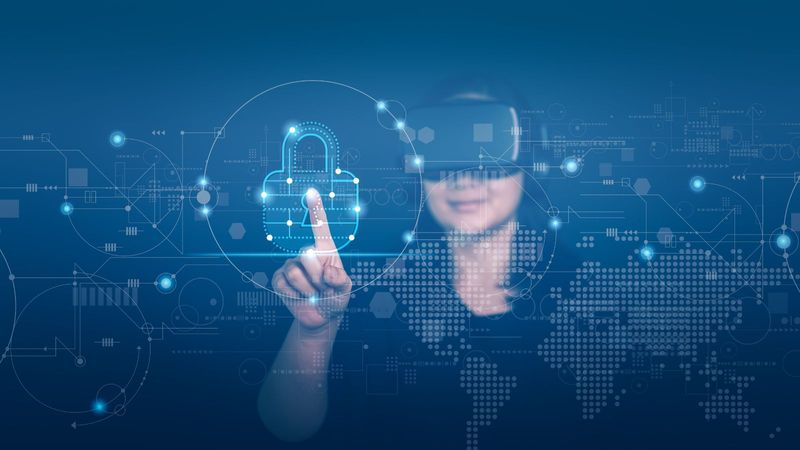
Whenever there is potential danger from machines or the elements, occupational safety and health (OSH) becomes an important issue. Workers can practise safe responses to these hazards in a virtual setting before they even set foot in the real thing.
9. Psychology and Social Science

A large portion of this sector is based on virtual reality, which allows patients to assume the role of another and perceive the world through their eyes. Future social interactions can be positively influenced by immersive surroundings.
10. Travel
Vacations are best experienced firsthand. One specific use case for VR is the travel industry. If you're planning a vacation soon, you may take guided virtual tours of potential hotels, attractions, and dining establishments. You may rest assured that you will not be let down when you finally make the trip.


_1726494029156_thumb_1200.jpeg?w=3840&q=75)